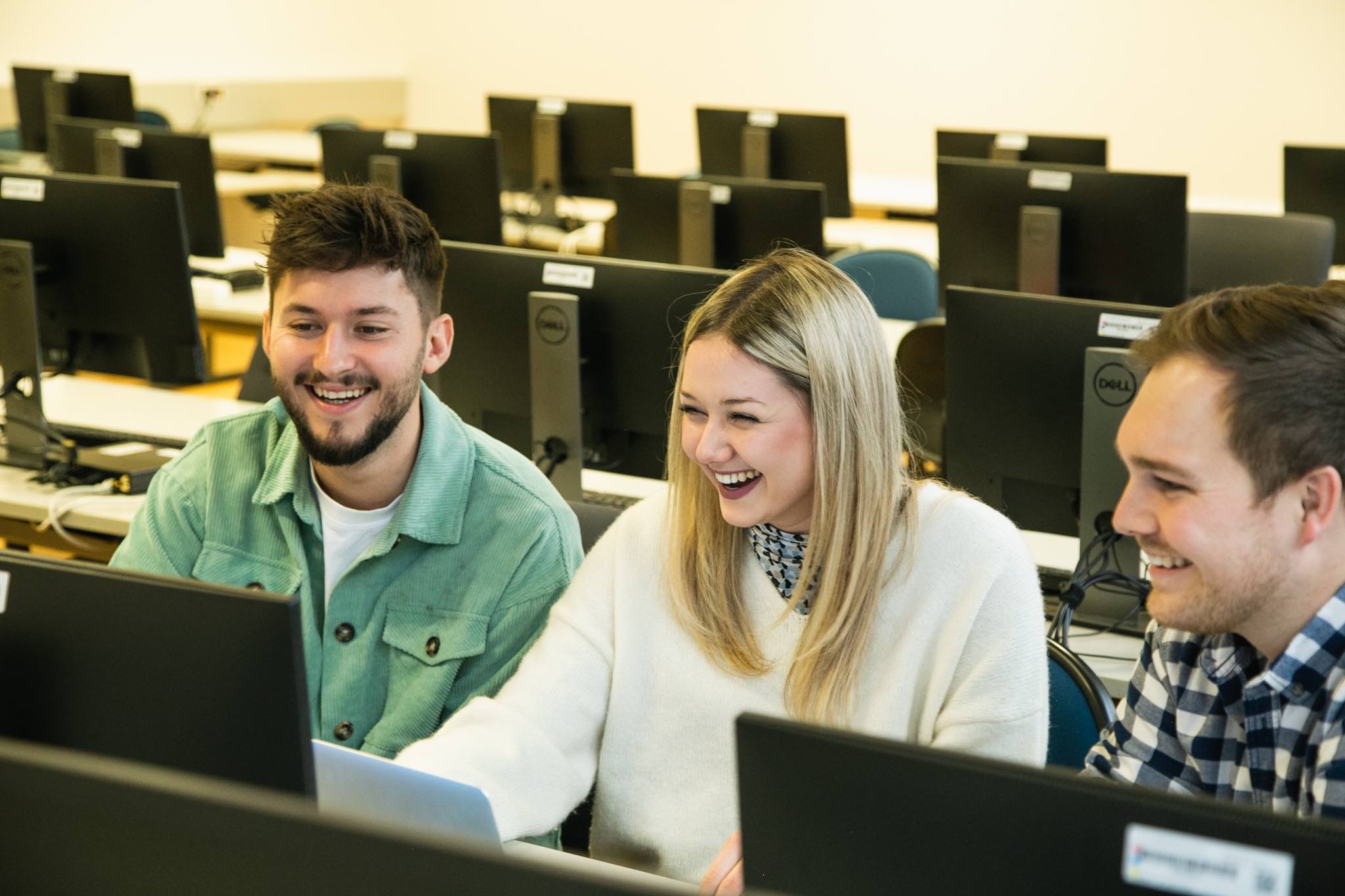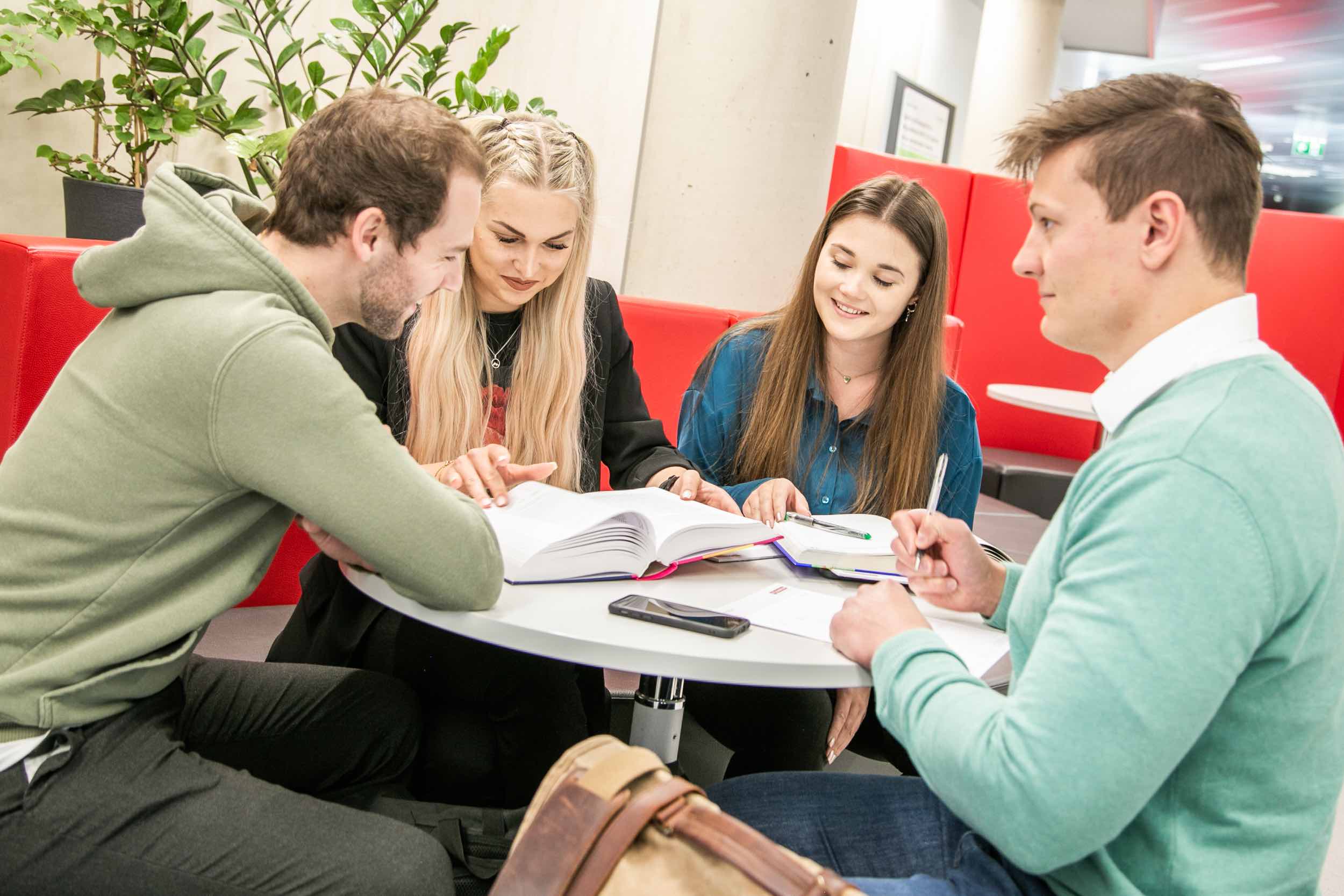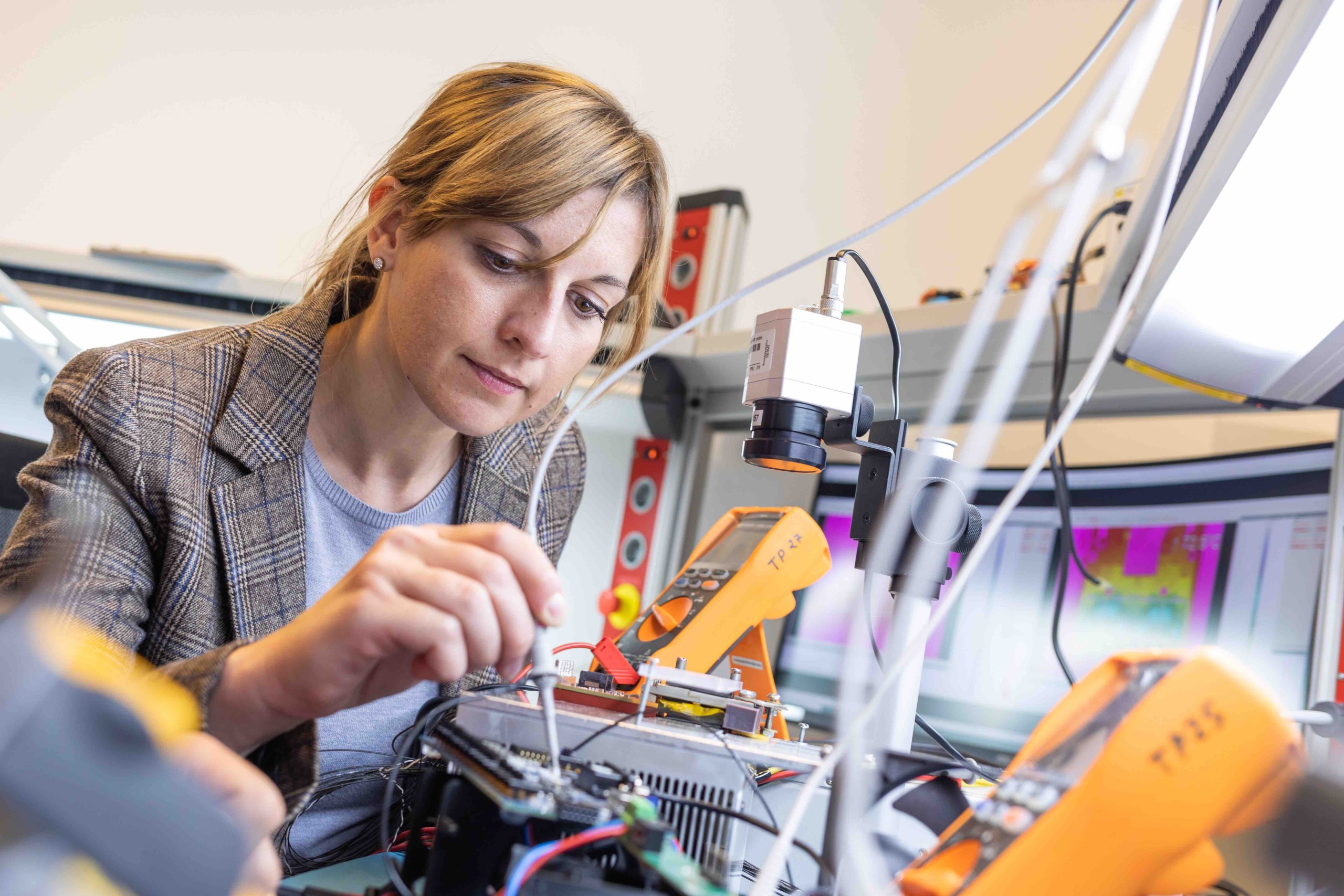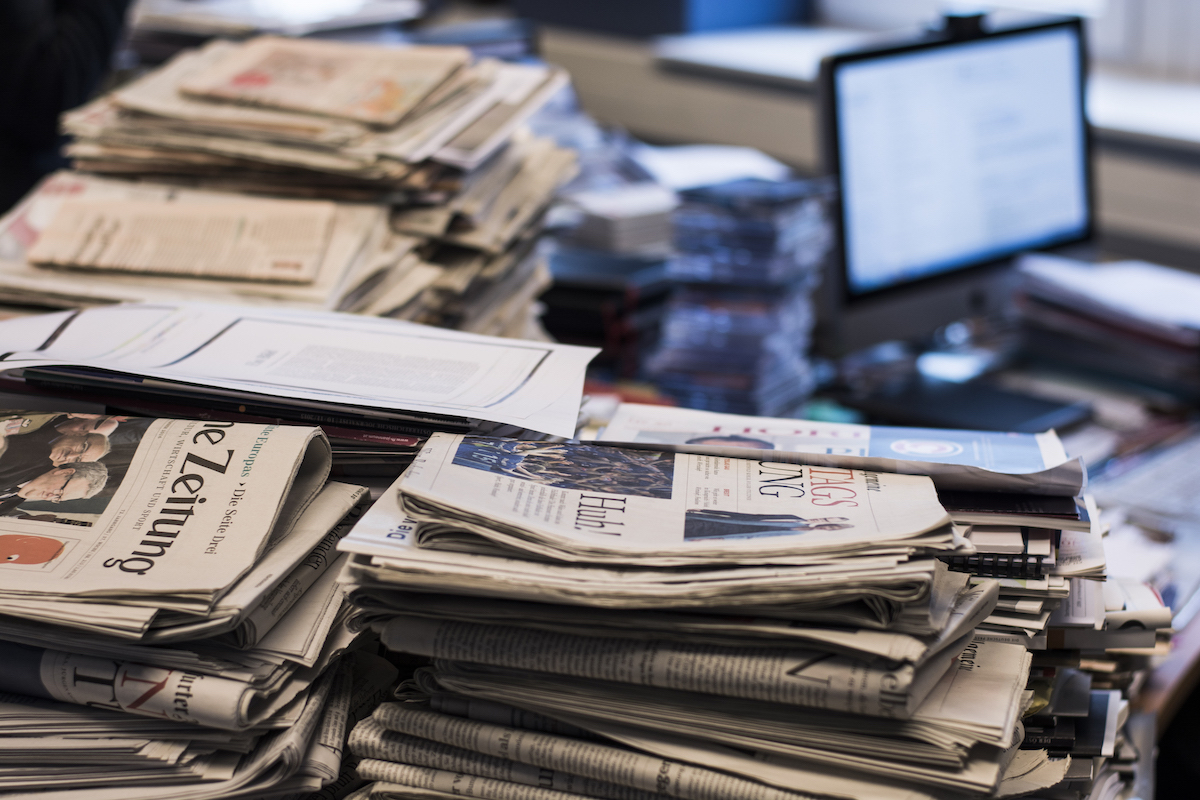Erika Thümmel runs her own studio for exhibition design and restoration in Graz. At the Institute for Design & Communication she teaches, among other things, scenography.
Interview with the scenographer Erika Thümmel
FH JOANNEUM, 06. May 2020
You say that you love exhibitions?
Erika Thümmel: I like exhibitions because I can move freely within a topic, and I can determine the route and duration I want to dedicate to a specific aspect. In addition, I appreciate the sincerity with which serious scientists explore topics and communicate them to ordinary people. It is the antithesis of a world which is completely driven by commercial interests, even at an interactive company presentation, serious dissemination of knowledge is granted considerable space. And that happens not only by means of text and (moving) images, but also through the use of originals which may be everyday, artistic, or cultural-historical. That is a valuable and unique characteristic which should not be sacrificed.
I’m also attracted to extraordinary buildings, which thanks to exhibitions I can let inspire me: art museums from the best architects of our time, precious palaces and castles, but also unusual places which I would otherwise never visit: old prisons, industrial plants, private homes, beautiful natural areas, etc. But above all I love a surprise, the unexpected, an experience which involves all of the senses in real 3D space. These are encounters I still remember decades later.
After so many projects, what still keeps you in this field?
You learn so much because you always have to deal with new topics, with topics you would not have dealt with if it were up to you. And you often get to know extraordinary people, women and men who are passionate about something, and you have to interact with them and work together. Although this is not always easy, it is enriching. I am also fascinated by the complexity of the task. As with directorial work all of the details have to be kept in your mind, and you have to think about many different things at the same time and harmonize them. And then comes that magical moment, when what you have planned and worked on meticulously for weeks, months or years is built, wonderfully and with flaws. I know that sounds weird, but I often find this work more exciting than whatever is constantly marketed to us as a pastime.
What is most important to you in an exhibition?
Something like poetry. It can also be called atmosphere ‒ and at the same time a well-prepared, structured and comprehensible preparation of information, in which the potential visitors and their questions about a topic are taken seriously.
How did your passion for exhibitions begin?
When I was 13 years old, I was brought along to the Künstlerhaus Graz by my older sisters for a Trigon exhibition of the Steirischer Herbst festival. Inspired by the artists’ objects, I thereupon erected sculptures in our home garden using tomato cages. Shortly after, my siblings organized a ‘house ball’ in our parents’ apartment which was decorated with my objects, and someone from the group presented my artwork.
Ten years later ‒ I had completed my degree in restoration and was working as a freelance artist ‒ my ‘apprenticeship years’ began in the field of exhibitions. Between 1986 and 1999, I was responsible for the supervision of loans to twelve Styrian state exhibitions and worked in construction and dismantling, as well as object display and the field of art transportation. At this time state exhibitions were real blockbusters, with in some cases more than 300,000 visitors in half a year. Through this work I also got to know Karl Stocker. This period was very inspiring. However, over the course of many years I also witnessed numerous mistakes, and developed the desire to design exhibitions of my own. I wanted to do it better. Now I know how difficult that is, and I’m becoming more forgiving in my judgment.
Yes, and then there were also the exhibitions of Bernhard Rudofsky, which opened my eyes to completely new approaches (I saw Sparta and Sybaris at the MAK museum in Vienna in 1987), and later in 1997, The Archive of the Visionary, an exhibition about Friedrich Kiesler in the Wien Museum.
What are the limits of a (good) exhibition?
For me there are two boundaries, or maybe poles: scientific seriousness and the limits of human perception. In between lies an infinitely wide and diverse field which ‒ as with any artistic creation ‒ allows you to continually test, explore, and discover something new. New connections can be created, new questions raised and new perspectives made tangible. It’s like film, theater and music: you never reach the end, and are always looking for something new.
Note
You can find out more about the Master degree programm „Exhibition Design“ here.










